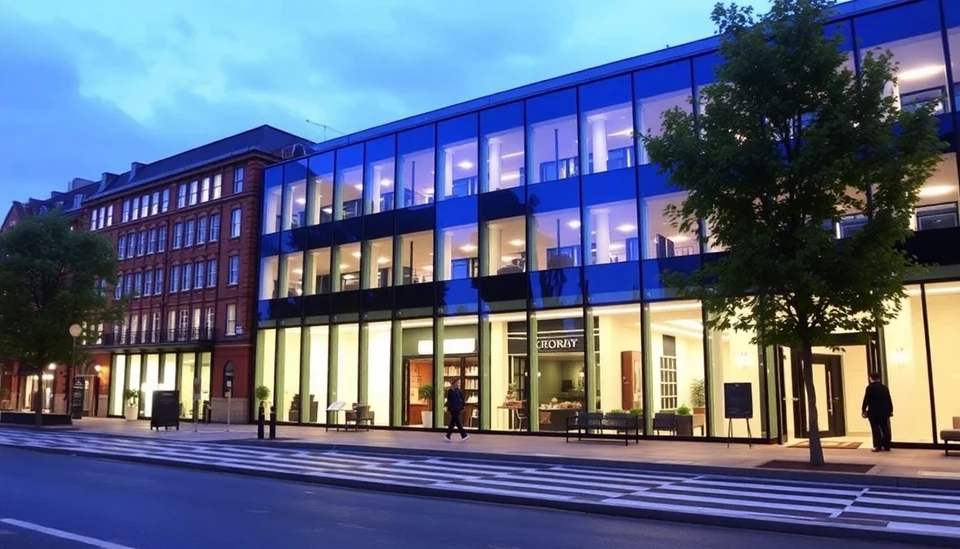
In a rapidly changing real estate market, investors are reshaping the landscape by converting previously neglected "brown" properties into eco-friendly and sustainable green buildings. This movement is not only driven by a desire for profitability but also by a growing recognition of environmental responsibility within the real estate sector.
Recent trends indicate that a significant number of investors are capitalizing on the potential of brownfields—properties that are often overlooked due to contamination or neglect. As urban areas face increasing pressures from climate change, these investors are stepping in to revitalize these spaces by implementing modern, sustainable practices. The shift represents a broader societal move towards sustainability, with investors recognizing the demand for greener living and working environments.
Investment firms and real estate developers are actively seeking out these brown properties, particularly in metropolitan areas where land is scarce. By acquiring these often undervalued sites and investing in clean-up and redevelopment efforts, these investors not only enhance property values but also contribute to the environmental remediation of urban locations. This trend is particularly pertinent as cities aim to meet ambitious climate targets and improve the quality of life for their residents.
The rehabilitation of brown properties involves a multifaceted approach. Investors typically undertake extensive environmental assessments to determine necessary remediation processes. This may involve cleaning up soil contamination or managing water runoff issues. Following this initial phase, developers focus on constructing energy-efficient buildings that utilize renewable energy sources, promote green spaces, and embrace smart building technologies.
One key aspect of this movement is the increasing support from local and federal governments. Various initiatives, grants, and incentives are now available to encourage developers to invest in brownfield sites, reflecting a growing recognition of the long-term benefits of transforming these properties. This support underscores a collective urgency to combat urban decay and environmental degradation through actionable solutions.
Investors are also responding to the undeniable shift in consumer preferences. With more homeowners and renters prioritizing sustainability, properties that incorporate green elements are enjoying heightened demand. This shift has led to a premium placed on eco-friendly features such as solar panels, green roofs, and energy-efficient systems throughout urban developments.
Moreover, the economic implications of flipping brown properties into green ones cannot be understated. As cities become more conscientious of their ecological impacts, the value of properties boasting sustainable features is projected to increase. Investors are effectively positioning themselves at the forefront of a lucrative trend while simultaneously investing in the planet's future.
In conclusion, the trend of flipping brown properties into green spaces exemplifies a powerful intersection of environmental sustainability, urban development, and economic opportunity. As more investors align their portfolios with eco-conscious initiatives, the potential for a sweeping transformation of urban landscapes is on the horizon, promising healthier communities and revitalized neighborhoods.
#RealEstate #Sustainability #GreenBuilding #UrbanRevitalization #Brownfields #ClimateAction #EcoFriendly #Investing #SmartCities
Author: Sophie Bennett




